Most of us can’t imagine navigating city streets without the familiar red, yellow, and green lights telling us when to stop and go. Yet scattered around the world, you’ll find cities that have figured out how to move people and vehicles efficiently without relying on traditional traffic signals.
These places use everything from elaborate roundabout systems to honor-based intersections, proving that there’s more than one way to manage urban traffic flow. Some of these cities never installed traffic lights in the first place, while others actively removed them after discovering better alternatives.
Here is a list of 19 cities where you won’t find standard traffic lights controlling the streets.
Sark, Channel Islands
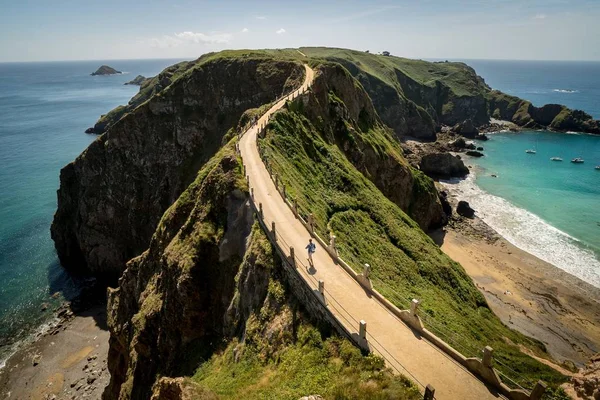
This tiny island, located between England and France, has banned cars entirely, rendering traffic lights completely unnecessary. Residents and visitors get around on bicycles, horse-drawn carriages, and tractors.
The island’s 500 residents have created a transportation system that works perfectly without any motorized traffic to control.
Mackinac Island, Michigan
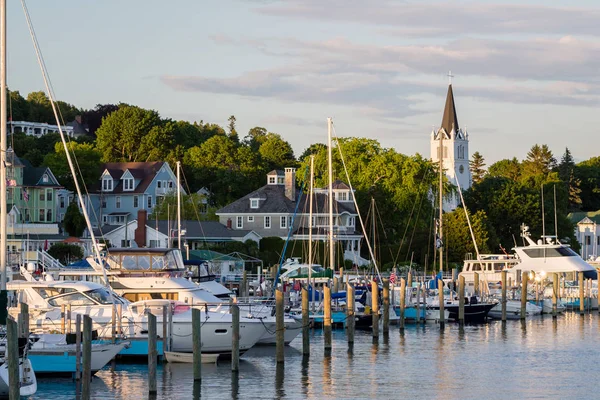
Cars have been banned on Mackinac Island since 1898, making it one of America’s most unusual car-free destinations. Horse-drawn carriages, bicycles, and walking handle all transportation needs on this Lake Huron island.
The absence of cars means the biggest traffic concern is avoiding horse droppings on the main street.
Like Travel Pug’s content? Follow us on MSN.
Giethoorn, Netherlands
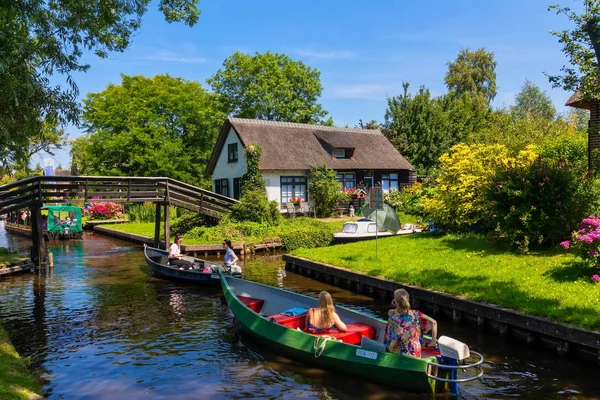
Known as the ‘Venice of the North,’ Giethoorn’s historic center has no roads at all – just canals, walking paths, and bike trails. Residents navigate by boat through waterways that date back 700 years.
The only traffic management needed involves occasional boat congestion during tourist season.
Zermatt, Switzerland
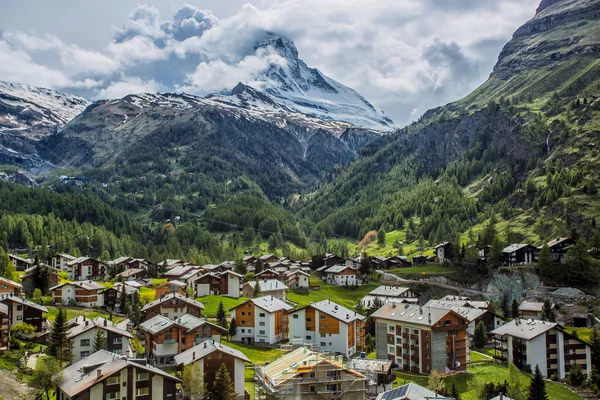
This famous ski resort town banned cars in 1961 to preserve its pristine Alpine environment. Electric taxis, horse-drawn carriages, and walking are all local transportation.
The policy has made Zermatt’s air so clean that you can clearly see the Matterhorn from the town center on most days.
Fes el-Bali, Morocco

The ancient medina of Fes contains one of the world’s largest car-free urban areas, where narrow medieval streets make car access impossible anyway. Donkeys, handcarts, and foot traffic navigate the maze-like passages that have remained essentially unchanged for centuries.
Getting lost in these streets without any modern traffic controls feels like traveling back in time.
Like Travel Pug’s content? Follow us on MSN.
Ponza, Italy
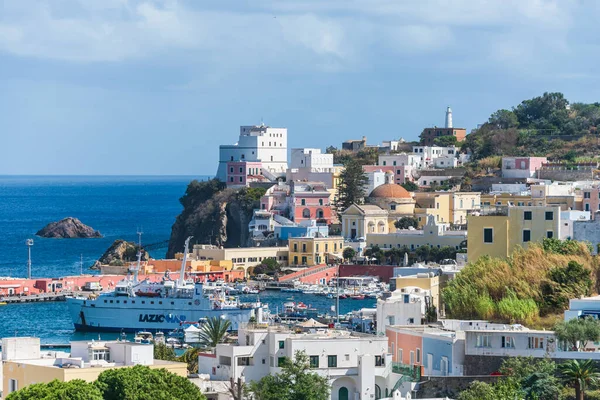
This small Italian island in the Tyrrhenian Sea has virtually no traffic lights because most of the island is accessible only by foot or small electric vehicles. The main town fits comfortably into a few square blocks where everyone walks everywhere.
Island life moves at a pace that makes traffic lights feel unnecessarily frantic.
Hiddensee, Germany
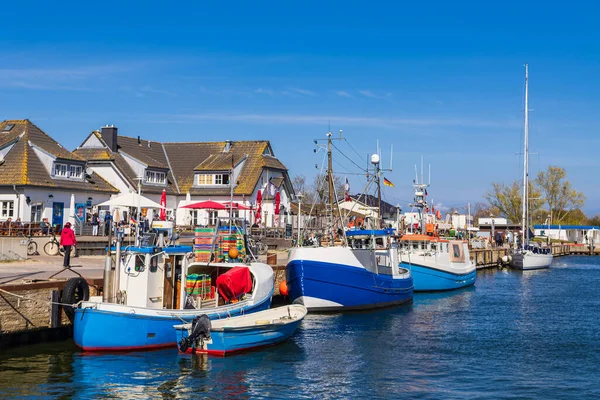
Cars have been banned on this Baltic Sea island since the 1920s, creating a peaceful environment where horse-drawn carriages and bicycles rule the roads. The island’s 1,000 residents have maintained this car-free tradition through multiple political systems.
Emergency vehicles are the only motorized transport allowed, and even those are rare.
Halibut Cove, Alaska
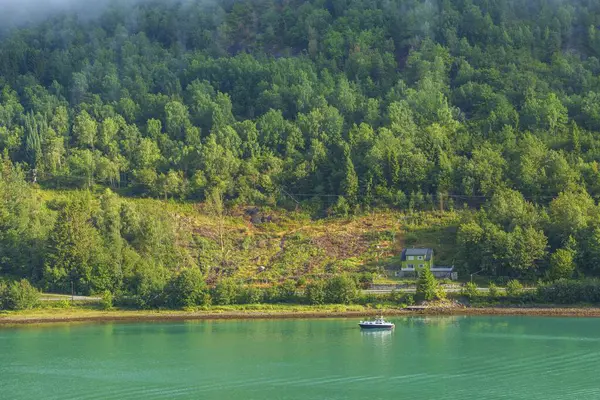
This tiny Alaskan community of about 75 people has no roads at all – residents travel exclusively by boat or floatplane. The town sits on stilts above Kachemak Bay, connected by boardwalks and docks.
Traffic management here involves tide schedules rather than traffic signals.
Like Travel Pug’s content? Follow us on MSN.
Little Corn Island, Nicaragua
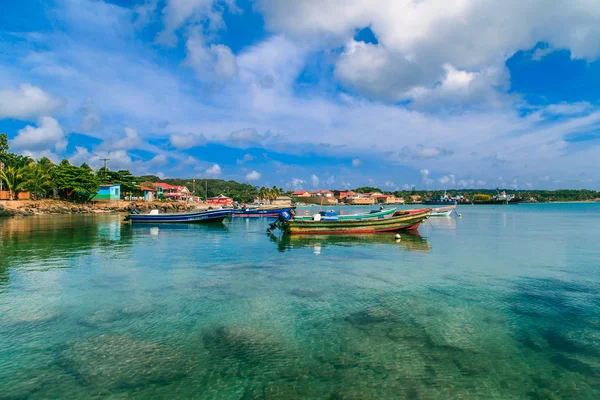
This Caribbean island paradise has no cars and therefore no need for traffic lights of any kind. Golf carts, bicycles, and walking handle all transportation on the island’s 1.2 square miles.
The biggest traffic jam you’ll encounter involves competing with iguanas for space on the walking paths.
Fire Island, New York
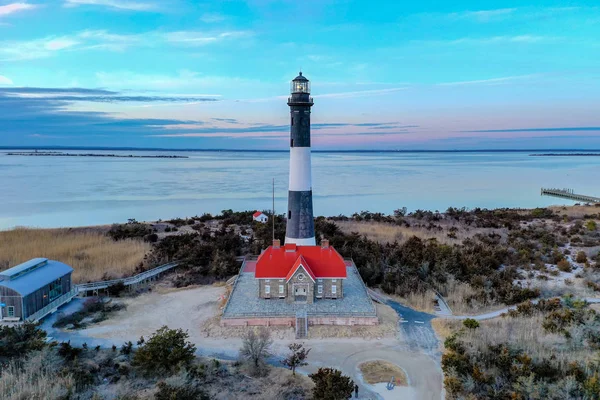
Most of Fire Island operates without cars, relying instead on beach buggies, bicycles, and lots of walking along wooden boardwalks. The barrier island’s communities have thrived for decades without traditional vehicle traffic.
Red wagons for hauling groceries from the ferry are about as complex as transportation gets here.
Caye Caulker, Belize
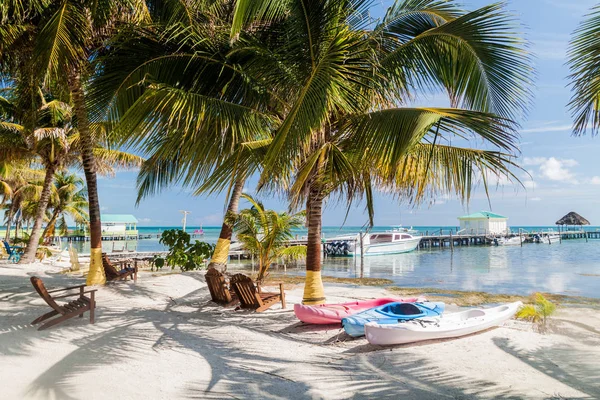
This laid-back Caribbean island operates on ‘island time’ with golf carts and bicycles handling what little vehicular traffic exists. The island’s unofficial motto, ‘Go Slow,’ perfectly captures the relaxed approach to transportation.
Traffic lights would feel aggressive Type-A in a place where the biggest rush involves getting to the beach before sunset.
Like Travel Pug’s content? Follow us on MSN.
Hydra, Greece
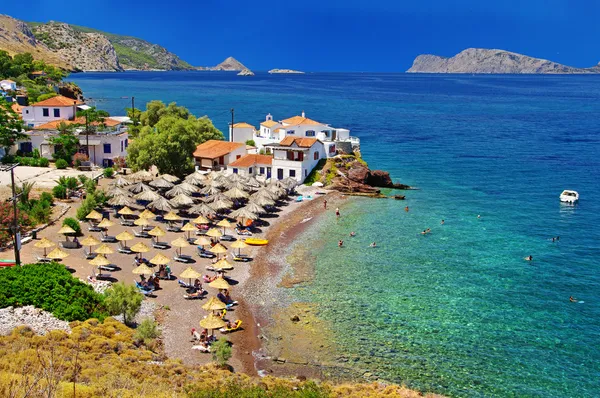
Cars and motorcycles have been banned on this Greek island since the 1960s, preserving its traditional character and stunning architecture. Donkeys, water taxis, and walking are the only transportation options in this Aegean paradise.
The island’s narrow stone streets were designed for pack animals, not cars, making the ban a practical necessity.
Lyngør, Norway
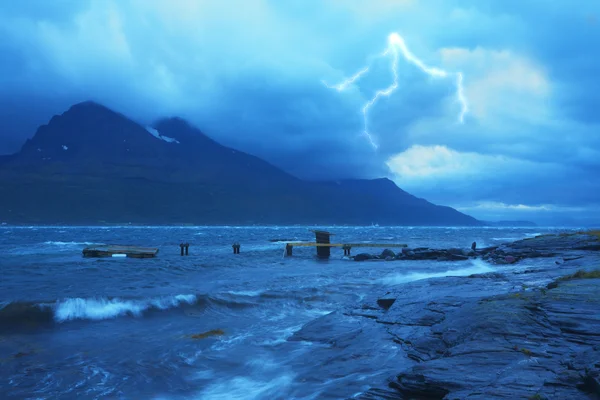
This small archipelago community has no roads for cars, relying instead on boats and footpaths between its historic homes. With a population of about 100, traffic decisions mostly involve timing your boat trips with the tides.
Beaver Island, Michigan
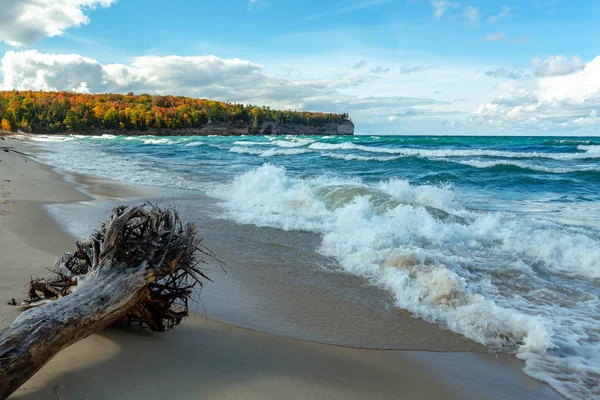
While cars exist on Beaver Island, the small population and rural roads mean traffic lights have never been necessary. The island’s 600 residents navigate by landmarks and local knowledge rather than traffic signals.
Rush hour here might involve waiting for a family of deer to cross the road.
Like Travel Pug’s content? Follow us on MSN.
Block Island, Rhode Island
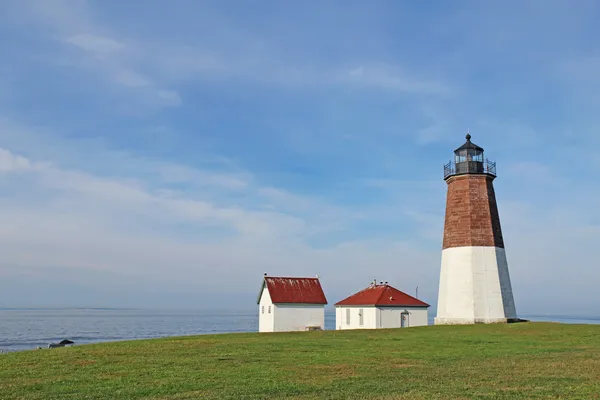
This Atlantic island has a few cars but manages traffic through four-way stops and yield signs rather than traffic lights. The summer population swells with tourists, but the island’s compact size keeps traffic manageable without electronic controls.
Bicycles outnumber cars during peak season, creating a refreshingly low-stress driving environment.
Monhegan Island, Maine
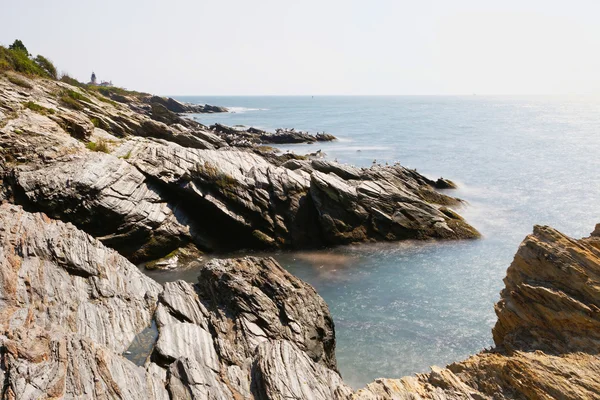
Cars are prohibited on most of Monhegan Island, where residents and visitors walk everywhere on well-maintained trails and paths. The island’s 65 year-round residents have maintained this car-free tradition since the early 1900s.
Artist colonies and fishing operations coexist peacefully, with no motorized traffic to manage.
Catalina Island, California
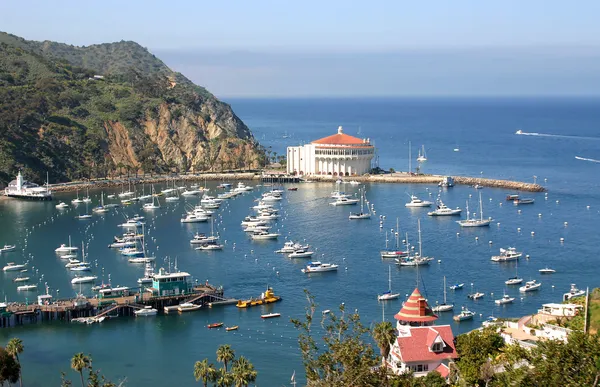
While cars exist on Catalina Island, most areas operate car-free with golf carts serving as the primary motorized transportation. The island’s mountainous terrain and narrow roads make traffic lights impractical anyway.
Avalon, the main town, feels like a 1950s postcard where everything moves at a relaxed, walking speed.
Like Travel Pug’s content? Follow us on MSN.
Isle of Iona, Scotland
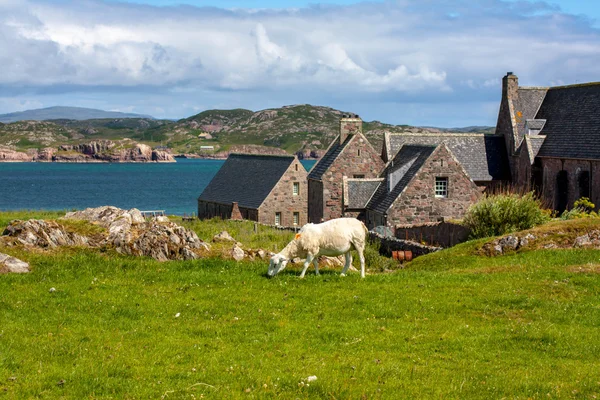
This sacred Scottish island has virtually no car traffic, with most transportation happening on foot along ancient pilgrimage paths. The island’s 120 residents maintain traditions that date back over 1,000 years.
Modern traffic management would feel out of place on an island where medieval abbey ruins still dominate the landscape.
Appledore Island, Maine
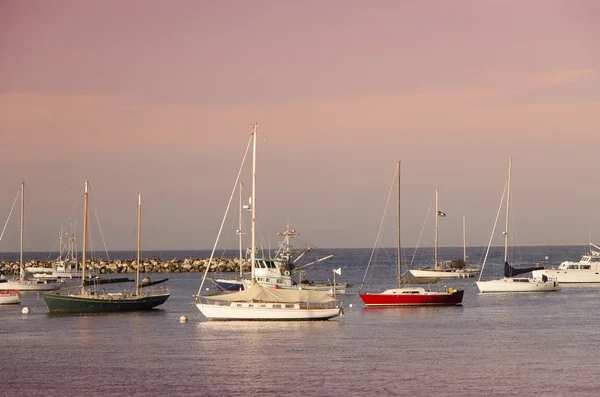
Home to the Shoals Marine Laboratory, this research island operates entirely without cars or traffic lights. Scientists, students, and staff navigate the rocky island on foot using trails that follow the natural coastline.
The island’s focus on marine research means transportation planning revolves around boat schedules and tides rather than traffic flow.
When Simpler Roads Lead Forward
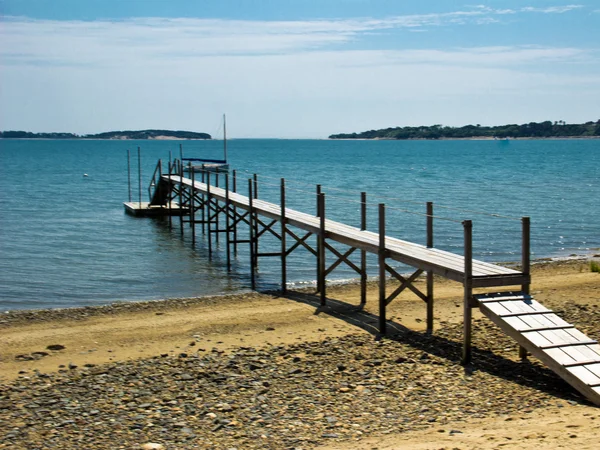
These communities prove that traffic lights aren’t essential for human civilization – they’re just one solution to a modern problem. Places that never needed them, or consciously chose alternatives, often report higher satisfaction with daily life and stronger community connections.
While most of us will continue living with traffic lights as a necessary part of urban life, these car-free and light-free places remind us that sometimes the most advanced transportation system is simply designing cities where people don’t need to drive everywhere. The absence of traffic lights often signals the presence of something more valuable: communities built for human interaction rather than vehicle efficiency.
Like Travel Pug’s content? Follow us on MSN.
More from Travel Pug

- 20 Best Beach Towns in the Carolinas
- 13 Destinations Where Tourists Regularly Regret Their Trip
- 20 Things You Actually Get in First Class
- 20 Small Airports With Aviation Museums
- 20 Places in the U.S. That Are Perfect for a Reset Trip
Like Travel Pug’s content? Follow us on MSN.
